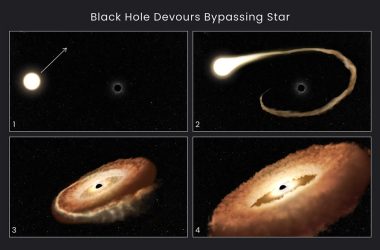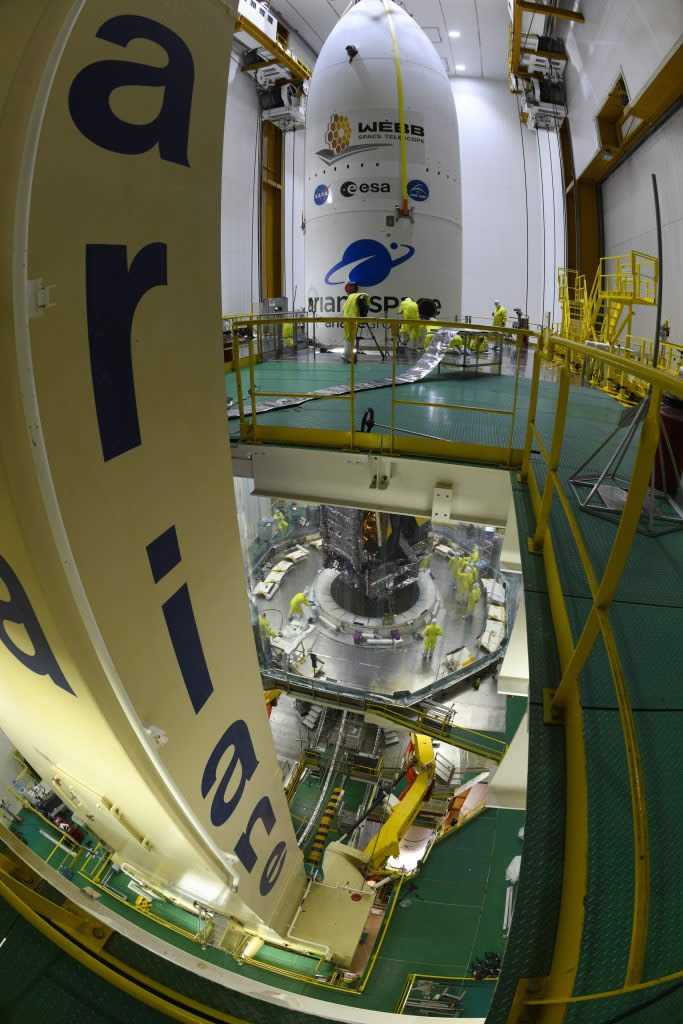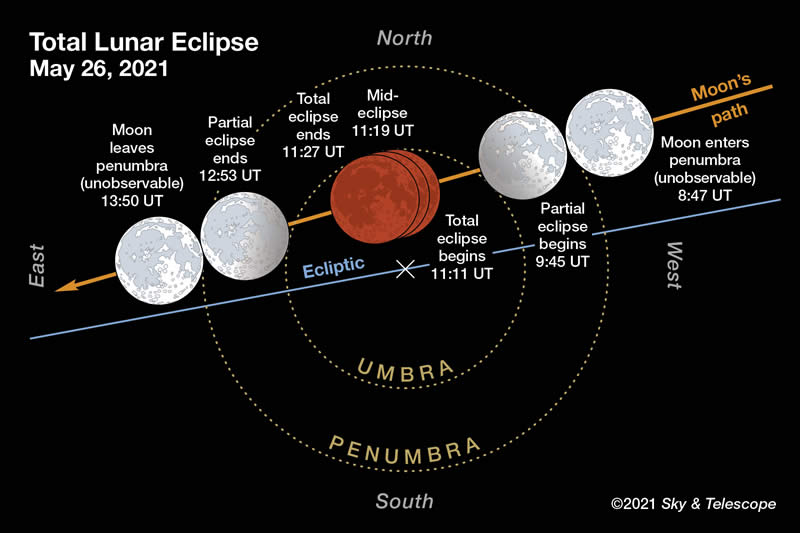
Credits: NASA/JHUAPL/SwRI
Washington, DC–(ENEWSPF)–January 8, 2016. Scientists from NASA’s New Horizons mission have combined data from two instruments to create this composite image of Pluto’s informally named Viking Terra area.
The combined data includes pictures taken by the spacecraft’s Long Range Reconnaissance Imager (LORRI) on July 14, 2015, from a range of about 31,000 miles (49,000 kilometers), showing features as small as 1,600 feet (480 meters) across. Draped over the LORRI mosaic is enhanced color data from the Ralph/Multispectral Visible Imaging Camera (MVIC), gathered about 20 minutes after the LORRI snapshots were taken, from a range of 21,000 miles (34,000 kilometers) and at a resolution of about 2,100 feet (650 meters) per pixel. The entire scene is 160 miles (250 kilometers) across.

Credits: NASA/JHUAPL/SwRI
Among the features scientists find particularly interesting are the bright methane ices that condensed on many crater rims; the collection of dark red tholins (small soot-like particles generated from reactions involving methane and nitrogen in the atmosphere) in low areas, like the bottoms of craters; and the layering on the faces of steep cliffs and on crater walls.
In areas where the reddish material is thickest and the surface appears smooth, the material seems to have flowed into some channels and craters. Scientists say tholin deposits of that thickness aren’t usually mobile on large scales, suggesting that they might be riding along with ice flowing underneath, or being blown around by Pluto’s winds.
NOTE: for best viewing, click on the mosaic and zoom in
Source: http://www.nasa.gov








